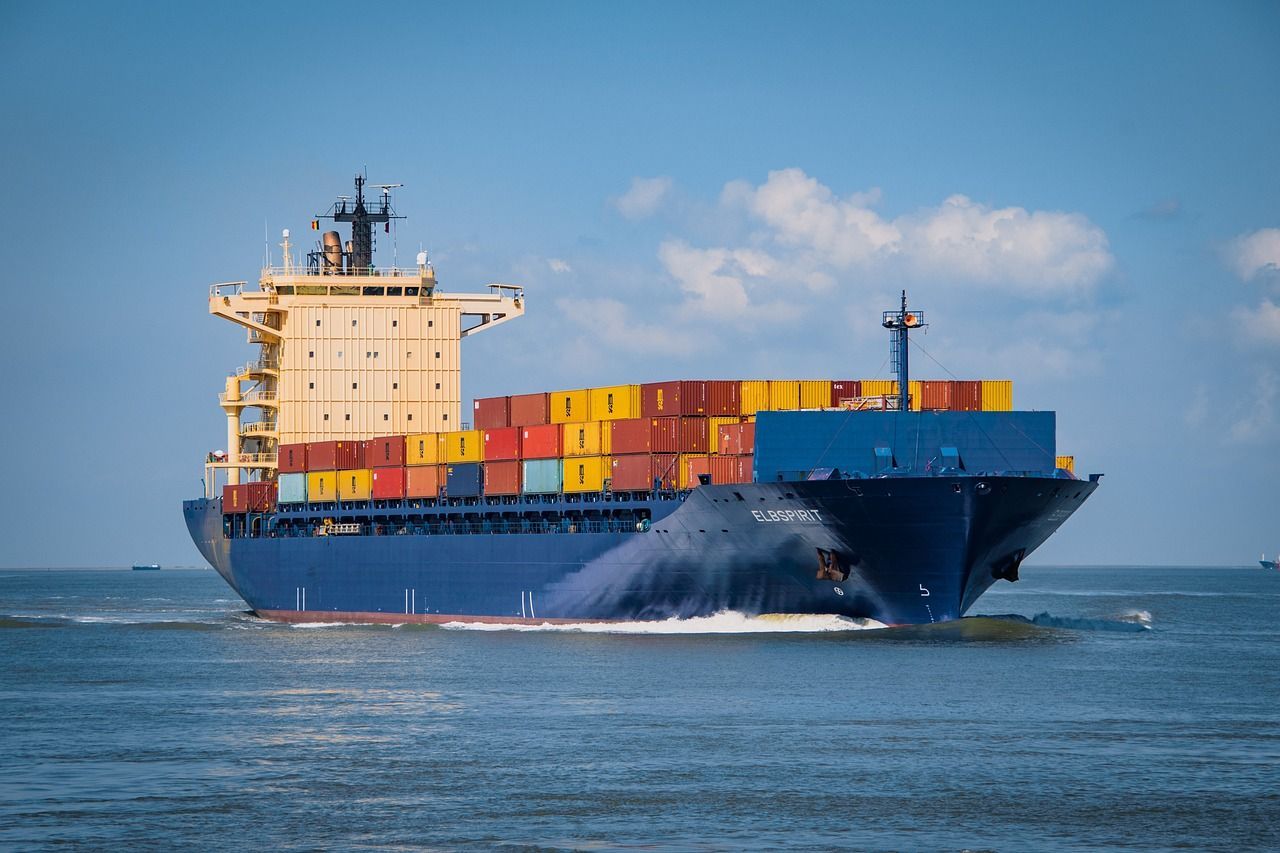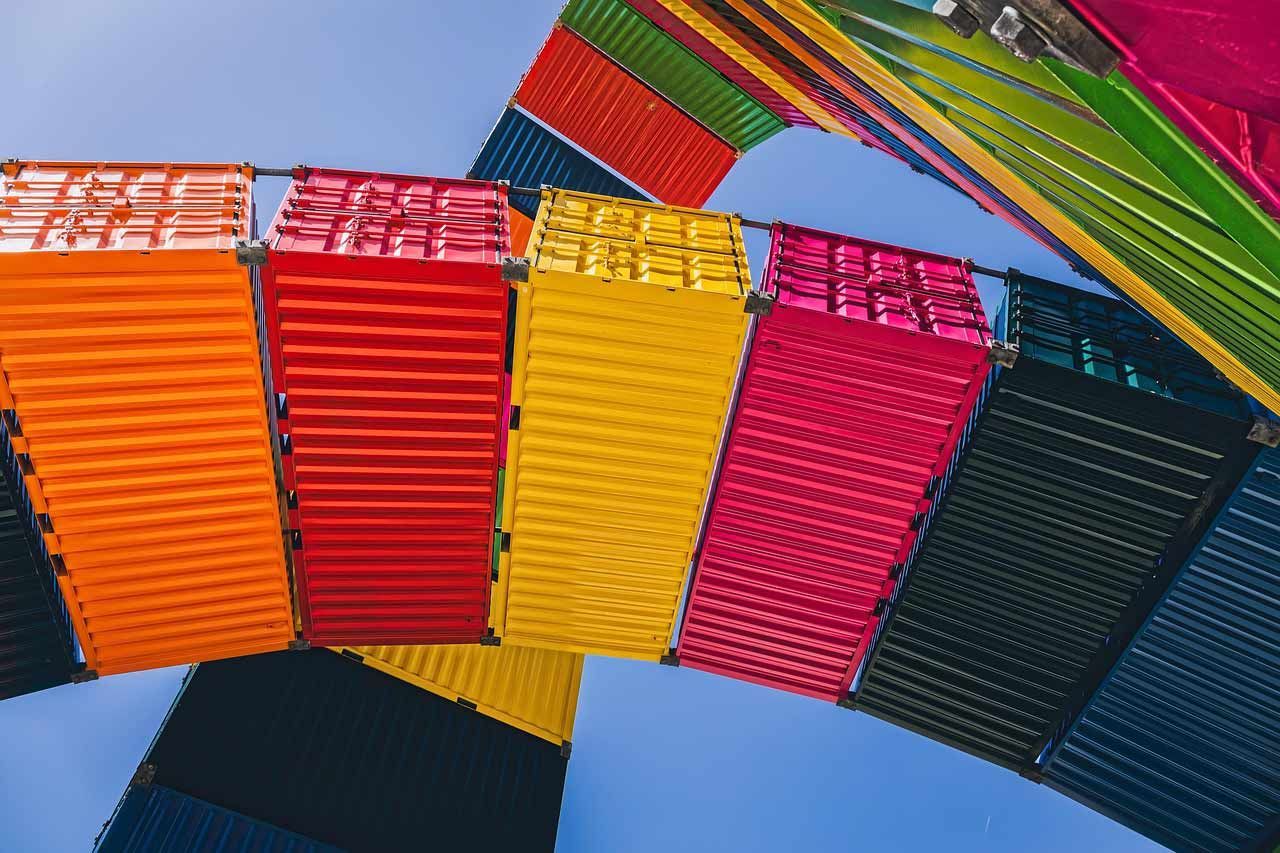The U.S. government, under both Biden and Trump, has taken action against China’s shipbuilding dominance. A proposed policy could impose levies of up to $1.5 million per Chinese-built ship entering U.S. ports. Chinese-owned operators like COSCO would face additional fees of up to $1 million per vessel. These penalties aim to encourage domestic ship manufacturing and level the playing field.
The world’s largest ocean carrier, MSC, warns that these fines could cost the industry up to $20 billion annually. Shipping companies may adjust routes, reduce port calls, and shift cargo to major hubs like Los Angeles and Long Beach, potentially increasing congestion and supply chain inefficiencies. The World Shipping Council estimates this could add $600–$800 per container in costs.
To counter China’s dominance, there is a bipartisan measure to enhance domestic shipbuilding, offering tax incentives to boost U.S. production. The SHIPS for America Act would provide grants and credits to reduce the cost of building U.S.-made vessels. Existing shipyards in states like Mississippi, Alabama, and Texas could see significant investment to scale up production.
This initiative, titled Shipbuilding and Harbor Infrastructure for Prosperity and Security for America Act is backed by Senator Todd Young (R-IN), Senator Mark Kelly (D-AZ), Representative Trent Kelly (R-MS), and Representative John Garamendi (D-CA).
“The SHIPS Act would reduce the cost of constructing a U.S.-built cargo vessel capable of serving in international commerce by offering tax credits, grants and other incentives to make capital investment comparable with the cost of investments in allied countries,” Senator Kelly said to CNBC. “We are not trying to out-build China. We are looking to close that gap.”




